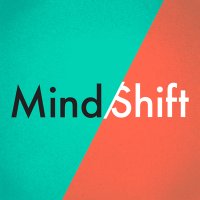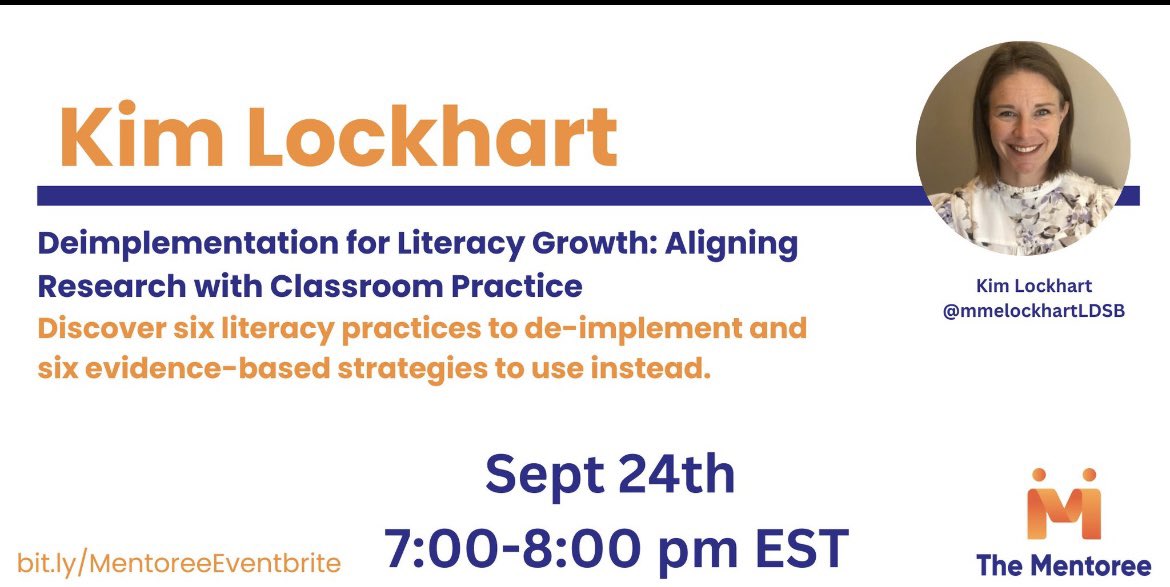
Dr. Lynne Kenney
@drlynnekenney
Pediatric Psychologist bringing Executive Function & Self-Reg interventions to classrooms worldwide via CogniSuite; Cognitivities #Dyslexia #TheKineticClassroom
ID: 17268418
https://linktr.ee/drlynnekenney 09-11-2008 13:46:27
119,119K Tweet
31,31K Followers
19,19K Following

Judy LoBianco Let's concentrate on slow, accurate, focused movement before rushing to the next goal. Get kids to focus on being in the moment at a sensory level rather than a competitive, cognitive one.


##Astrocytes, once considered mere support cells, may play a key role in the brain’s vast memory capacity by enabling complex information storage beyond what #Neurons alone can achieve. Massachusetts Institute of Technology (MIT) PNASNews doi.org/g9mfm7 medicalxpress.com/news/2025-05-o…














I can’t wait to share everything I’ve learned about Implementation science (and the power of #Deimplementation, too!) in this fantastic new series this fall!! Noa Daniel The Mentoree eventbrite.ca/o/the-mentoree…




Wished to thank you for your timely and professional service. Laundryheap I’ve been working in 5 countries in the past few months and wished I’d learned of you sooner.



